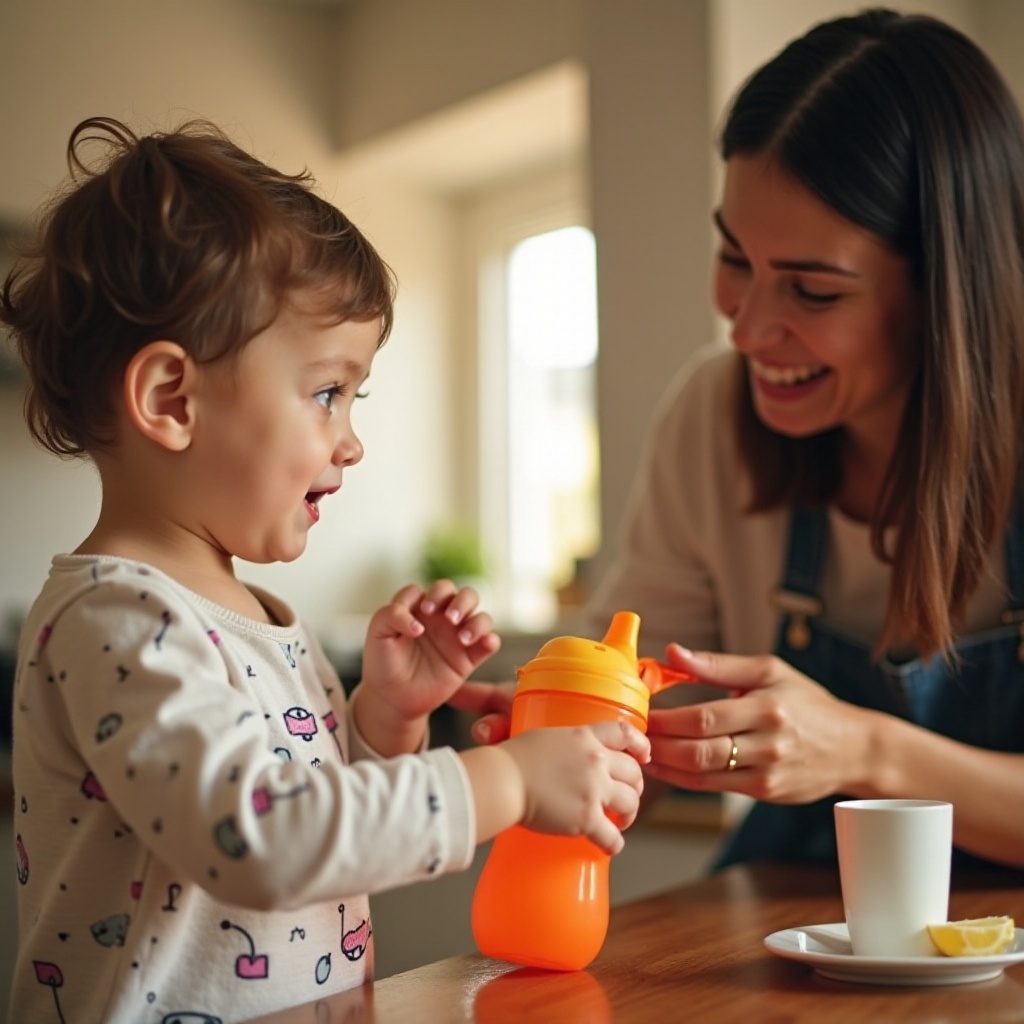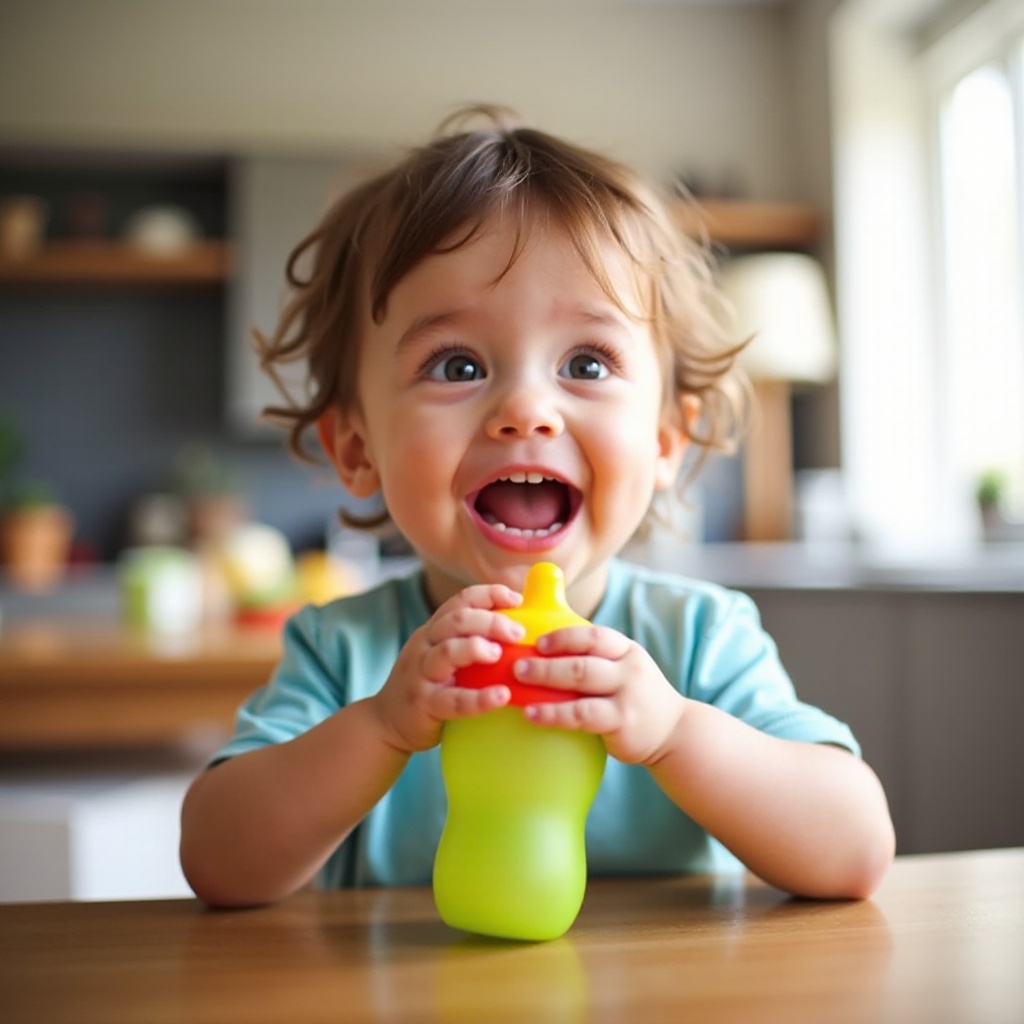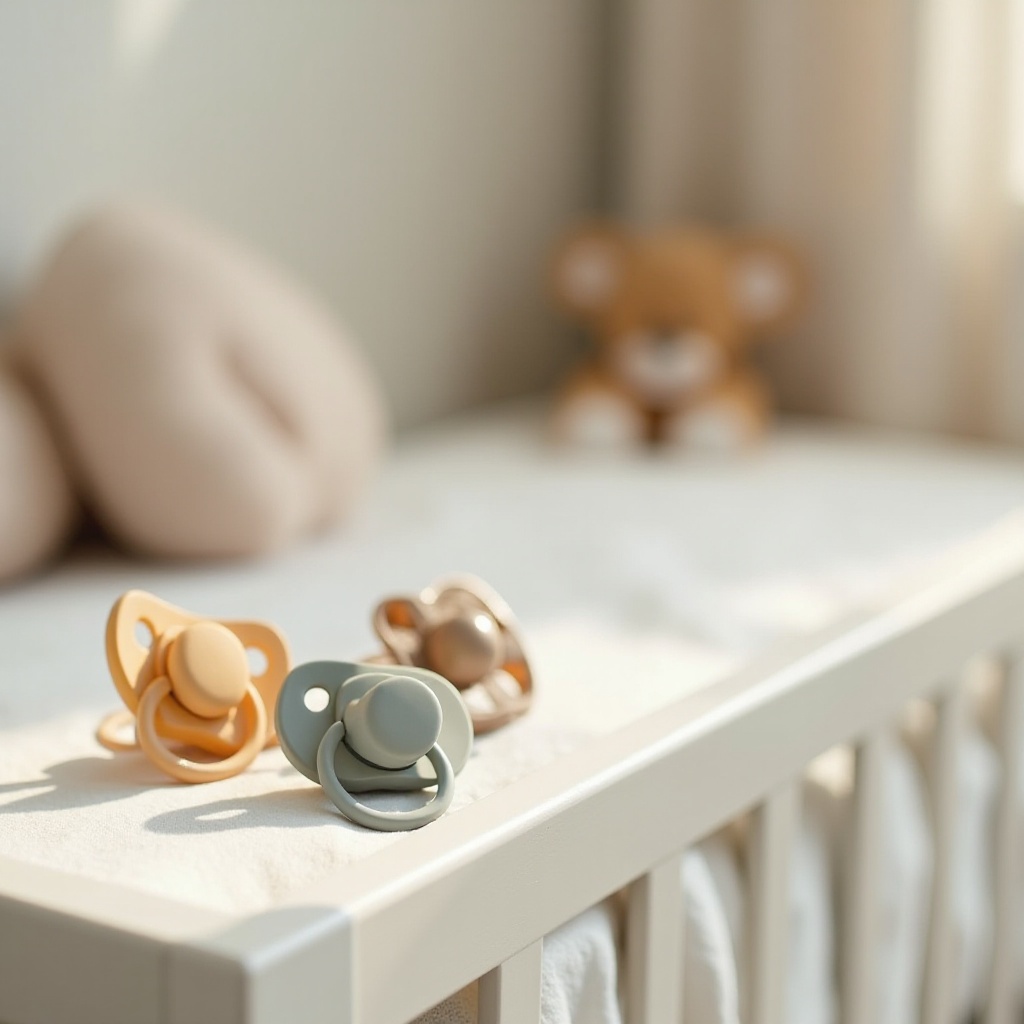Transitioning from Bottle to Sippy Cup: A Comprehensive Guide
Introduction
Transitioning your child from a bottle to a sippy cup marks a significant growth milestone. This change can initially seem challenging, but with the right approach, you can ease this transition and help your child develop crucial skills. This guide will provide you with strategies and insights into choosing the right time and the appropriate sippy cup to facilitate this process.

Understanding the Right Time to Transition
Recognizing the optimal moment to introduce a sippy cup is critical. As children develop, they display signs of readiness such as curiosity about others’ drinking habits and a desire to handle their own drinking vessels. Pediatric guidelines typically suggest starting the switch between the ages of 6 months and a year, basing your decision on your child’s unique readiness cues. By closely monitoring these signals, parents can smoothly guide their child through this developmental phase.
Developmental Signs of Readiness
Observing developmental milestones can provide valuable clues about your child’s readiness for a sippy cup. If your child is showing interest in drinking from open cups or attempting to grasp their bottle independently, these may indicate they are prepared for the transition.
Recommended Ages for Transition
Health experts recommend introducing sippy cups around the age of 6 months. This age is ideal because it aligns with the development of necessary motor and oral skills. However, it is important to remain flexible, taking into account your child’s individual growth and readiness.

Choosing the Best Sippy Cup
After determining readiness, selecting the correct sippy cup becomes essential. There is a wide array of options featuring different materials and functionalities, each tailored to specific needs and preferences.
Material Options: Pros and Cons
Choosing the right material is a significant decision in the sippy cup selection process:
– Plastic: Lightweight and budget-friendly, but ensure it’s BPA-free for safety.
– Stainless Steel: Durable and good for temperature regulation, though typically more costly.
– Glass: A non-toxic option that is easy to clean, but prone to breaking.
Essential Features to Look For
Certain features can enhance your child’s experience with their first sippy cup:
– Handles can aid beginners in gaining confidence.
– Spouts versus straws, each providing unique benefits for oral development.
– Spill-proof valves and secure lids to help minimize accidents and messes.
Step-by-Step Transition Process
Having selected the appropriate sippy cup, a structured transition plan can facilitate an efficient shift from the bottle.
Gradual Introduction Methods
Introduce the sippy cup progressively to acclimatize your child:
1. Offer the sippy cup with milk or water alongside bottle feedings.
2. Demonstrate its use by setting an example during meals.
3. Replace bottle feedings with the sippy cup, one meal at a time.
Incorporating Sippy Cups into Daily Routines
For familiarity, integrate the sippy cup into everyday activities:
– Provide it during all meal times.
– Include it during routine outings, reinforcing its use and encouraging independence.
Overcoming Common Challenges
Despite your preparation, resistance can occur. Addressing these challenges effectively can help solidify the transition.
Addressing Refusal and Resistance
A child’s attachment to their bottle may present hurdles. Here are methods to counteract refusal:
– Positive reinforcement can encourage use.
– Make the cup appealing with fun designs.
– Regularly offer the sippy cup, phasing out the bottle.
Managing Spills and Messes
Spills are inevitable but manageable:
– Begin with spill-proof models to reduce mess.
– Keep sippy usage to meal times and designated areas.
Health and Safety Considerations
Throughout the transition period, maintaining health and safety is paramount. Proper care of the sippy cup and monitoring dental health is important.
Maintaining Hygiene Properly
Ensure cleanliness and safety by regular cleaning:
– Disassemble the cup for thorough washing with soap and water.
– Reassemble securely to prevent leakage or hygiene issues.
Preventing Dental Issues
Oral health should remain a primary concern during this transition:
– Straw cups may foster better tongue placement than spouts.
– Limit prolonged sippy cup use to minimize dental risks.

Conclusion
Transitioning your child from bottle to sippy cup is an integral developmental step that requires patience and consistency. By following a structured plan and remaining flexible, parents can encourage their child’s independence and support their growth. Incorporate these insights and strategies to ensure a positive experience for both you and your child.
Frequently Asked Questions
How long does it typically take for a child to adjust to a sippy cup?
Every child is different, but most will adapt to using a sippy cup within a few weeks of consistent practice and encouragement.
What should I do if my child won’t give up the bottle?
If resistance continues, gradually eliminate bottle feedings, substituting them with meals using the sippy cup. Offer encouragement and rewards for progress.
Are straw cups better than spout sippy cups for oral health?
Straw cups often promote better oral development by encouraging proper tongue positioning compared to spout cups.

